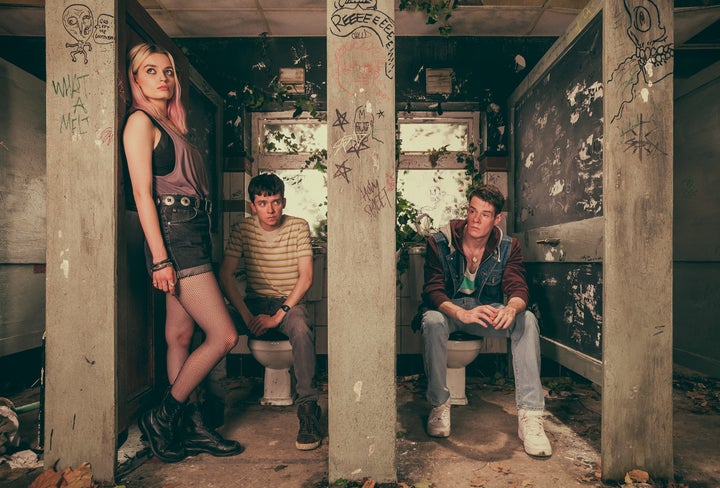
Like most who have seen Netflix’s new hit series Sex Education we praise the unapologetic depiction of young people’s burgeoning sexualities, including female and male, gay and lesbian experiences. The diversity among its characters is also to be celebrated, with storylines relating to blackness and homosexuality, class relations, and gender roles, among other things. The ways in which issues around consent, abortion and contraception use are embedded within the storylines in unproblematic ways gives important examples of sex that is still fun and enjoyable. But when the series ended we were also left with a feeling that something was missing: once again, disabled, young people were absent from the picture.
We work with issues around sexuality and disability, in different capacities and with different target groups, but despite our various backgrounds we have one main experience in common: disabled young people’s sexual rights and needs are constantly neglected. We see this in sex education, sexual health policy, cultural depictions, and not least in the lack of accessibility in public places.
Exploring personal relationships is a natural part of growing up for most young people, and this is no different for a young disabled person. What is different, however, are the barriers that many face in wanting to learn about their bodies and express their sexualities. A recent report from the United Nations Population Fund shows that disabled young people ‘receive too little information about puberty, sexuality, and healthy relationships, introducing new vulnerabilities to sexual exploitation and denying them the rights to live satisfying sexual lives, choose to be married, and have children’.
Although the situation in the UK may be better in some respects than in other, poorer countries, our work shows that the same structures that lead to these inequalities exist here as well. In 2017, Disabled World released an article stating that more than 50% of disabled people do not have any form of sex life, and the disability charity Scope conducted a survey that same year to discover that only 5% of non-disabled people had ever been out with a disabled person.
In Trailblazers’ report It’s Complicated, which explored young disabled people’s thoughts and experiences around sexuality and relationships, three-quarters of those asked believed that other people’s opinions are an obstacle to forming a relationship. Moreover, three out of four felt that the issue of disability and relationships has not been represented accurately in the media. For lesbian, gay, bisexual, and transgender youth, being disabled and coming out as LGBT+ can mean multiple stigmatisations.
On Enhance the UK’s Love Lounge, an online forum hosted by disabled ‘non-expert sexperts’, many anonymous questions of concern and wonder are
submitted by disabled people, their partners, parents, carers and loved ones, with topics such as positioning, pain, disclosure and confidence taking priority. Communication is a key factor in all discussions had and answers given; sexual experiences improve once a verbal toolkit of capabilities and limitations, likes and dislikes, is presented. But these conversations prove difficult to start without confidence, knowledge, prior experience and an understanding partner.
Media and culture does not provide disabled young people with role models or with diverse depictions of what sex with disability can be like. And this is not only to do with disabled youth – everyone would benefit from learning about diverse bodies and sexual experiences. There is no doubt that shows like Sex Education can play a part in providing these building blocks to sexual confidence and, in a society striving for inclusion, they have a duty to.
While sex education needs to be accessible for everyone, including disabled young people, it doesn’t have to be inherently different. Instead, sex education needs to incorporate diversity from the beginning, so that all young people, independent of their body type, can feel included. What’s most important for most youth is building confidence and learning about one’s body and what is enjoyable – just like Netflix’s Sex Education gives many examples of. We hope that future Netflix series will include a broader diversity with regards to body types and abilities, so that all youth are represented and can have role models to look up to and find inspiration from, like so many other young people watching the show has.